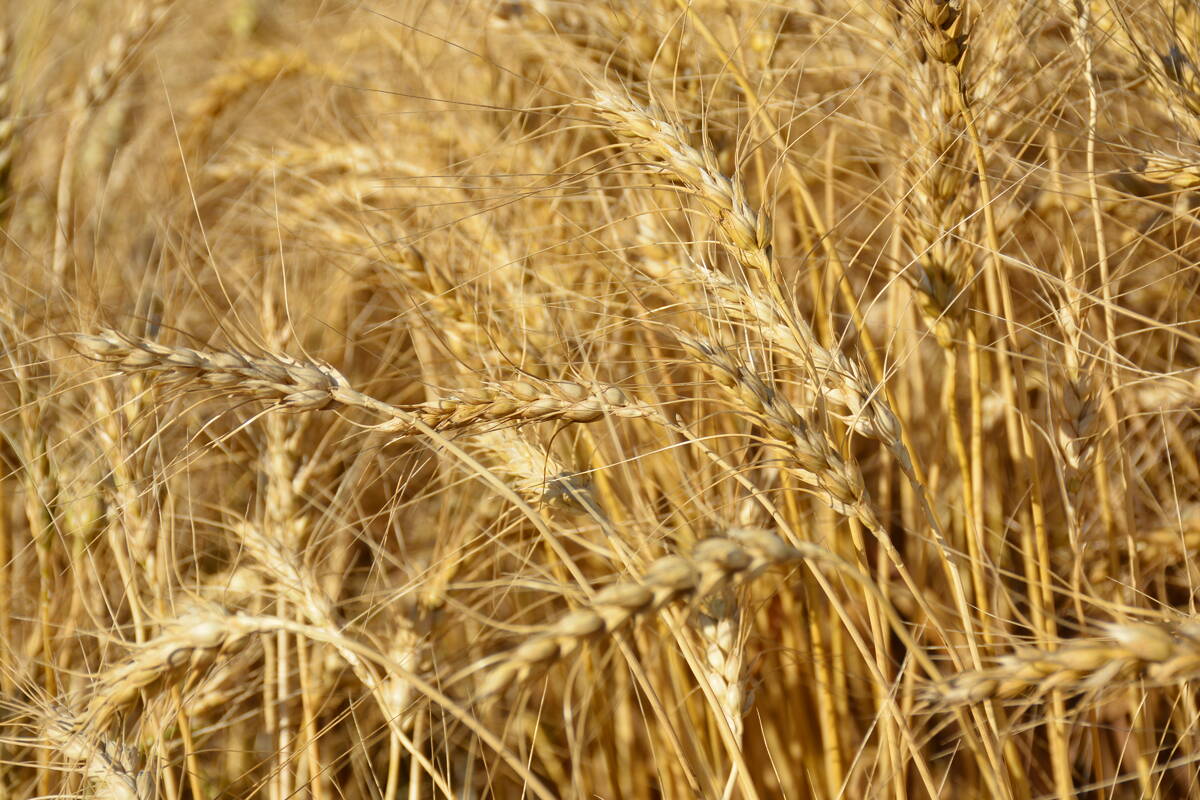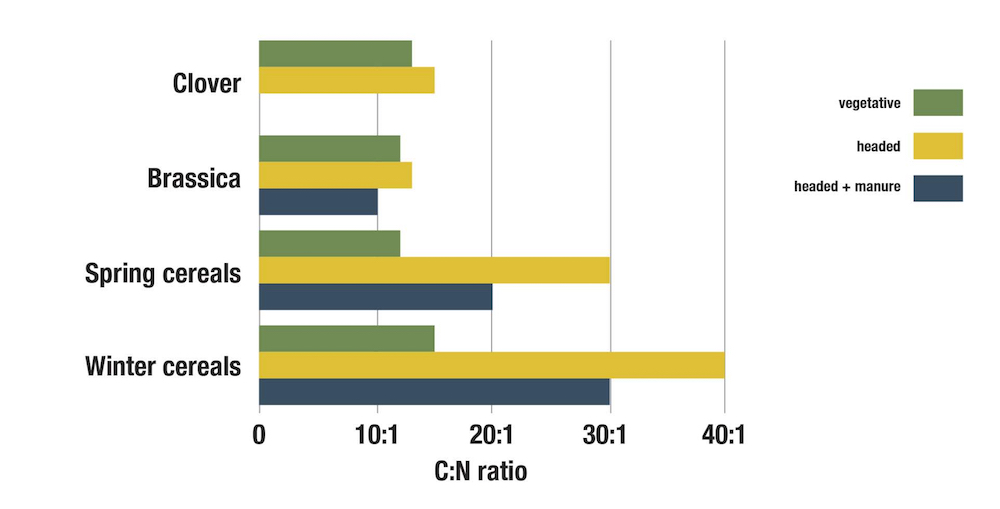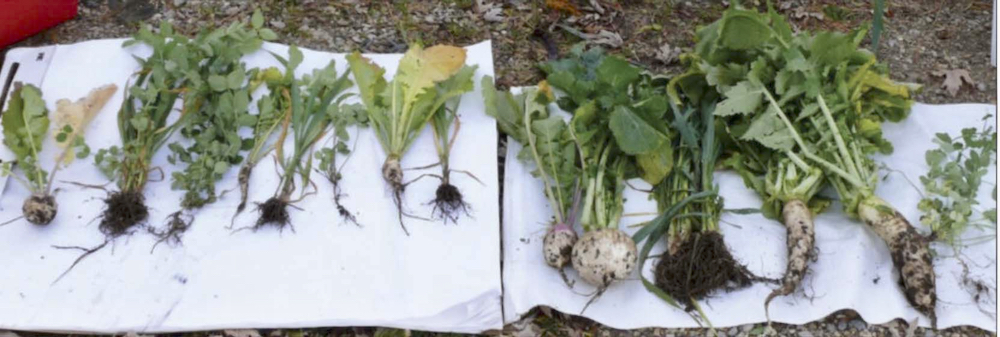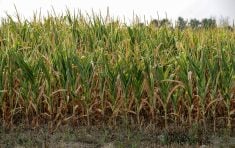Combining cover crops with manure can get the most value from soil nitrogen — sort of.
How significantly a manure-cover crop combination affects nitrogen availability can vary based on manure type and rate, cover crop type, weather, and other factors.
Still, Christine Brown, field crop sustainability specialist with the Ontario Ministry of Agriculture, Food and Rural Affairs, says growers should consider boosting soil health by combining manure and cover crops if possible.
Read Also

Scientists discover a gene that could triple wheat production
This discovery could give breeders a powerful new tool to boost yields without needing more land, water, or fertilizer.
Why it matters: Cover crops and manure, used either separately or in combination, support soil ecology and the combination can promote earlier release of nitrogen.
“Manure is good. Cover crops are good. But manure plus cover crops is like one plus one equals three. You get more biomass, more root growth,” says Brown.
After conducting a meta-analysis of existing research, however, Brown identifies a number of take-aways for those seeking to maximize nitrogen availability in corn.
“The biggest thing with adding manure versus just cover crop, is with manure you tend to get more root growth and top growth biomass. And because it’s high in nitrogen, you’re going to get more nitrogen content in the plant material, which means a lower carbon to nitrogen ratio,” says Brown.
“Where you have manure, the plant will break down faster and release nutrient faster. I compare feeding microorganisms in soil to feeding a cow with rumen. There’s so much microbial activity we don’t realize is happening.”
Brown explains further in a June 6 OMAFRA Field Crops News article, saying cover crops with manure increases nitrogen cycling and improves soil water holding capacity — often resulting in higher grain quality (higher protein content) and improved yield.
Brown’s Field Crop News article goes into greater detail on nitrogen availability and timing. Cold and wet conditions in the spring, for example, negatively impact soil microbial activity and can result in significant delays in nitrogen release.
The type, timing and rate of manure, as well as the type of cover crop and when it’s terminated, also affects nitrogen availability. Manure applied to non-legume cover crops often results in a slightly earlier release and higher amounts of nitrogen.

Red clover — a clear nitrogen winner
When it comes to corn, red clover remains the “gold standard” cover crop because it releases nitrogen exactly when the nutrient is most needed. The problem is establishment, particularly when moisture is lacking.
Brown notes that establishing a good stand of red clover can be difficult, and planting it after wheat harvest does not allow for enough growth to maximize the nitrogen credit for corn. Other cover crops are easier to grow after wheat harvest, but whether they provide a reasonable nitrogen credit is a valid question. Whether the addition of manure is valuable or not is another.
“One of the neat things is, with crimson clover, you can fill in some of those gaps that didn’t come up. When you get patchiness (in red clover) there are opportunities to drill crimson clover. It all comes down to when we get rain,” says Brown.
Regardless of cover crops, applying manure can result in slightly earlier nitrogen release and potentially at higher levels. This has been illustrated in field trials conducted by Dave Hooker at the University of Guelph, Ridgetown. Brown’s Field Crop News article details the results:
“For the past five seasons, Dr. Dave Hooker at the University of Guelph has evaluated how corn yield is affected by applying 50 lb. N/acre in August to different cover crops. The only additional N was applied to corn as starter fertilizer on the planter in a 2×2 inch band (30 lb. N/acre).
“The combination of applying 50 lb. N/acre to a cover crop (established the previous year) significantly increased corn yield compared to not planting a cover crop. Red clover is still the most valuable cover crop, but the combination of establishing another cover crop and applying 50 lb. N/acre (from manure or a nitrogen fertilizer) is a good alternative for those that struggle to establish red clover.”
Brown reiterates that, while red clover has no equal in releasing nitrogen for corn, a manure-cover crop combination is still valuable for building soil health.
“There really isn’t anything that’s going to give the same nitrogen credit and timing as red clover. Oilseed radish takes up nitrogen but releases it too early … There are cover crops that give nitrogen but not at the timing corn needs it,” she told Farmtario.
“I like cereal-legume mixes, but they’re not going to give a lot of nitrogen. They are going to feed microorganisms, though, and they have the potential to cycle more nutrients.”















